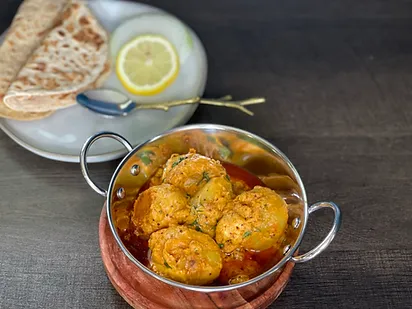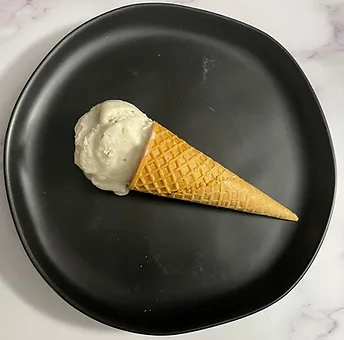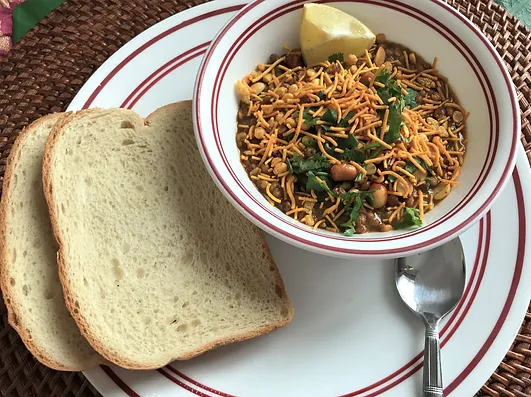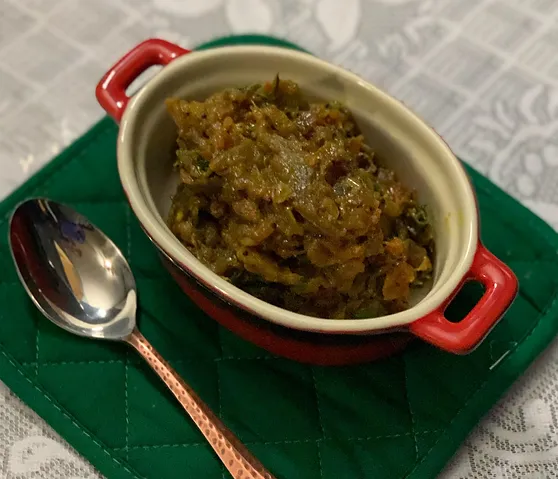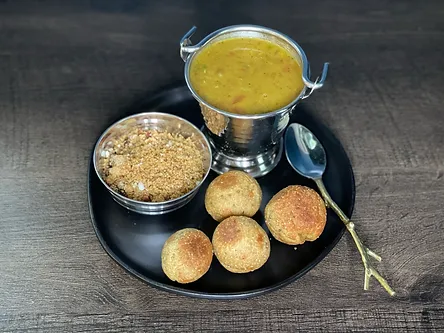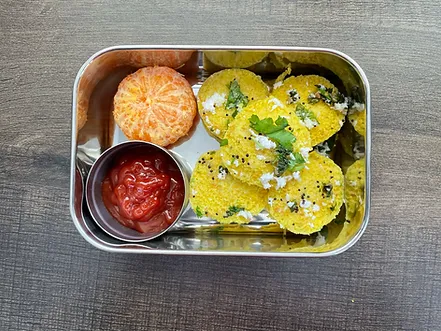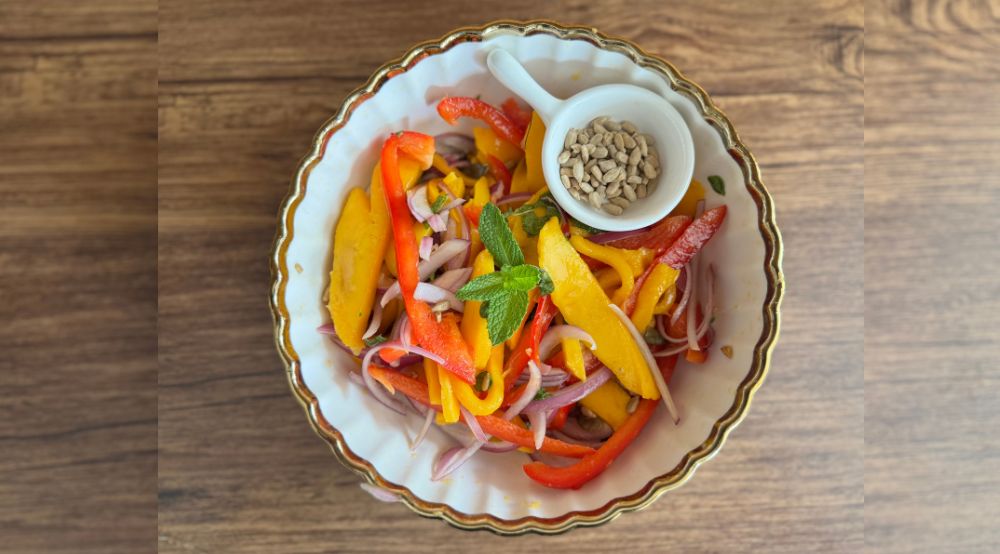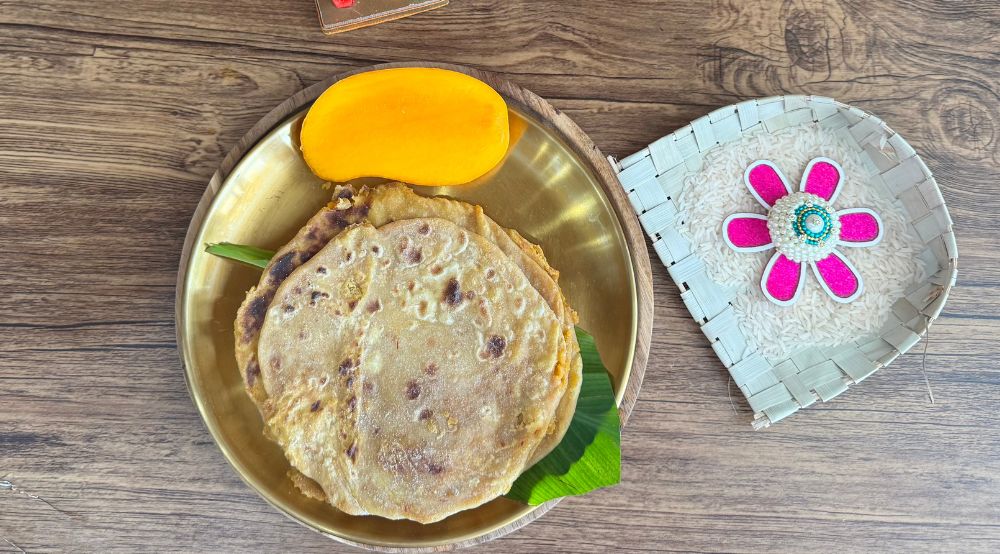Indian cuisine is renowned for its vibrant flavors and rich history, with a plethora of dishes that cater to various taste preferences. If you're considering transitioning to a vegan diet or simply want to explore plant-based alternatives to traditional Indian recipes, you're in for a delightful culinary adventure. Veganizing Indian recipes doesn't mean sacrificing taste; in fact, it opens up new avenues of creativity and flavors. Let's dive into some tips on how to veganize your favorite Indian dishes without compromising on taste or authenticity.
1. Swap Dairy with Plant-Based Alternatives:
Dairy products like yogurt, ghee, and paneer are common ingredients in Indian cooking. To veganize recipes, you can replace dairy yogurt with plant-based yogurt made from soy, almond, coconut, or cashew. Use coconut oil or plant-based margarine as a substitute for ghee. Paneer can be replaced with tofu or cashew-based alternatives to maintain the creamy texture in dishes like paneer tikka masala or saag paneer.
2. Embrace Plant-Based Protein Sources:
Many traditional Indian dishes incorporate protein-rich ingredients like lentils, chickpeas. These protein sources can remain central to your veganized recipes. Lentils can replace meat in dishes like dal, while chickpeas can be used to create mouthwatering chana masala or punjabi meal speciality chole bhature.
3. Enhance Flavors with Spices and Herbs:
Spices are the heart and soul of Indian cuisine, and they play a pivotal role in creating its distinct flavors. Continue to use traditional Indian spices like cumin, coriander, turmeric, cardamom, and cinnamon to maintain the authenticity of your dishes. Explore the world of spices to experiment with new flavor combinations that will excite your taste buds.
4. Opt for Plant-Based Creaminess:
Creamy textures are often achieved through dairy in Indian dishes. Coconut milk is an excellent alternative that adds richness to curries, biryanis, and desserts. For a healthier option, blend soaked cashews with water to create a creamy base that can be used in place of heavy cream in recipes like korma or butter masala.
5. Experiment with Fusion and Innovation:
Veganizing Indian recipes doesn't mean sticking strictly to traditional methods. Feel free to get creative by combining plant-based ingredients and techniques with Indian flavors. For example, Incorporate tofu scramble in place of scrambled eggs for a vegan breakfast with an Indian twist.
6. Don't Forget Desserts:
Indian desserts are a treat for the senses, often featuring dairy-based ingredients like milk and ghee. Explore alternatives such as almond milk, coconut milk, and plant-based butter to create indulgent sweets like vegan gajar halwa, coconut barfi, and vegan-friendly rasgulla.
Conclusion:
Veganizing Indian recipes is a wonderful way to savor the vibrant flavors of this cuisine while aligning with a plant-based lifestyle. By swapping out dairy, embracing plant-based proteins, harnessing the power of spices, opting for creamy alternatives, and experimenting with innovative fusion dishes, you can enjoy a diverse range of flavorful meals. The key is to have an open mind, explore new ingredients, and celebrate the creativity that veganizing Indian cuisine can bring to your culinary journey.

How to Veganize Indian Recipes: A Flavorful Journey

Serving

Prep Time

Cook Time

Total Time
